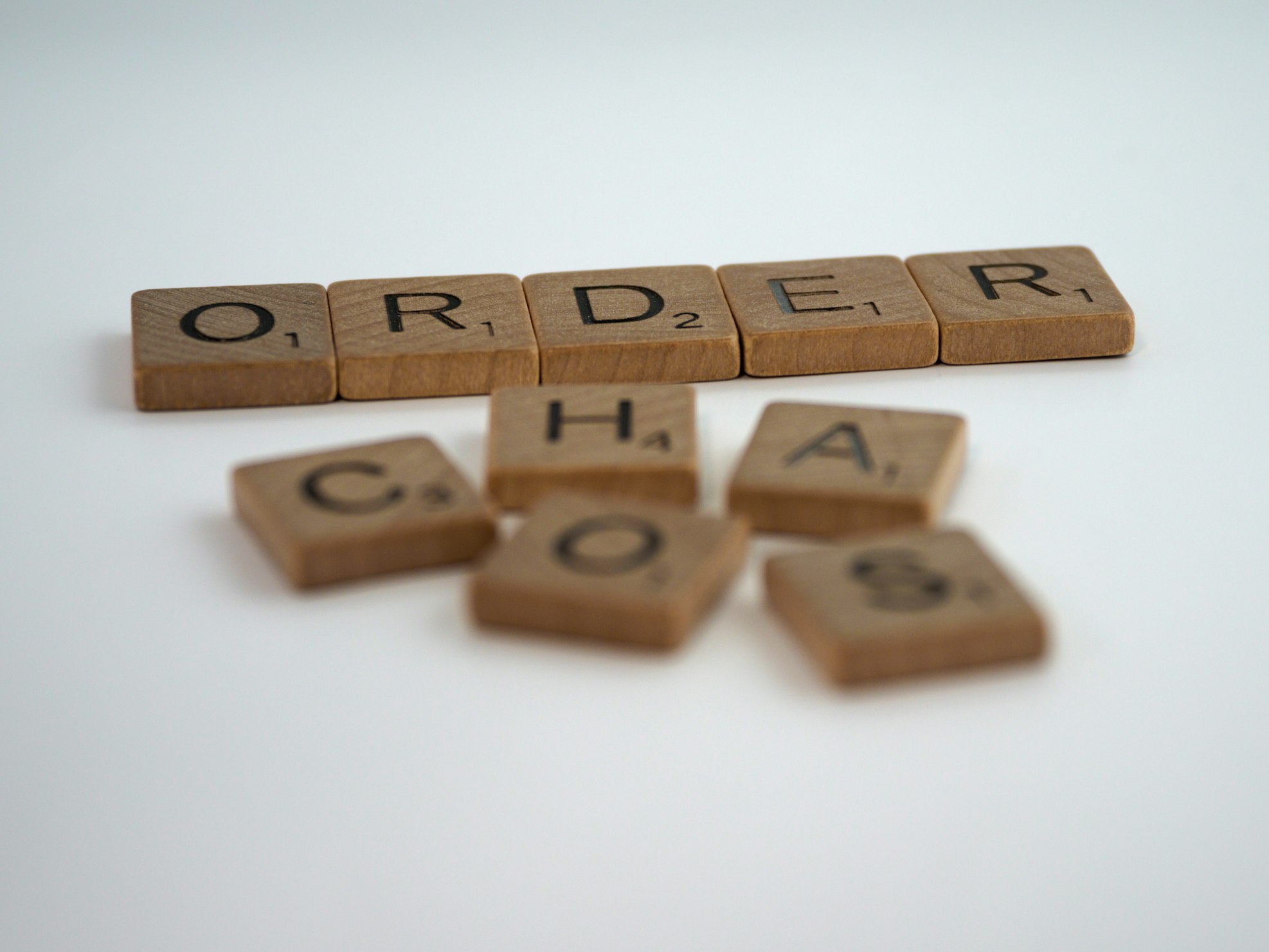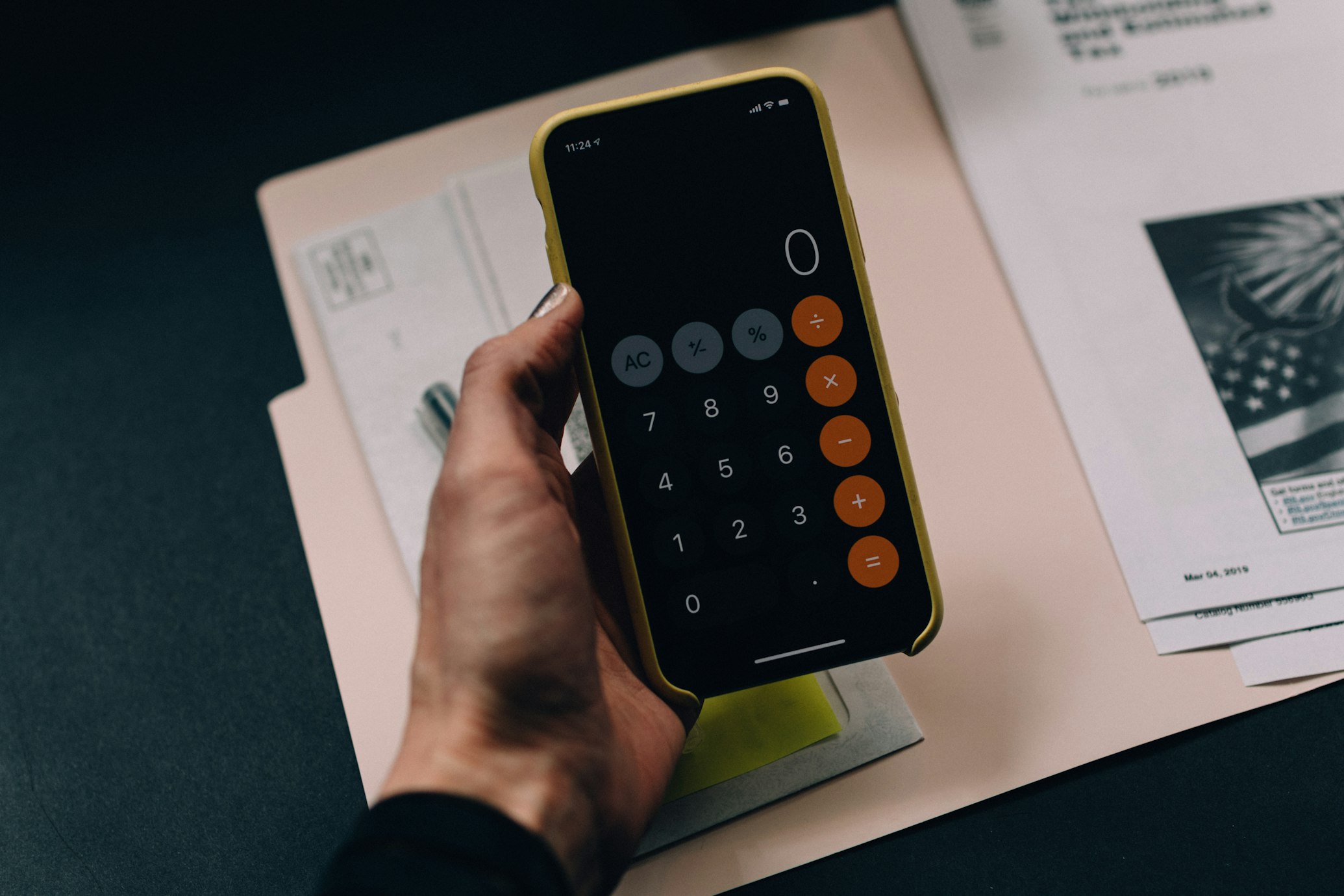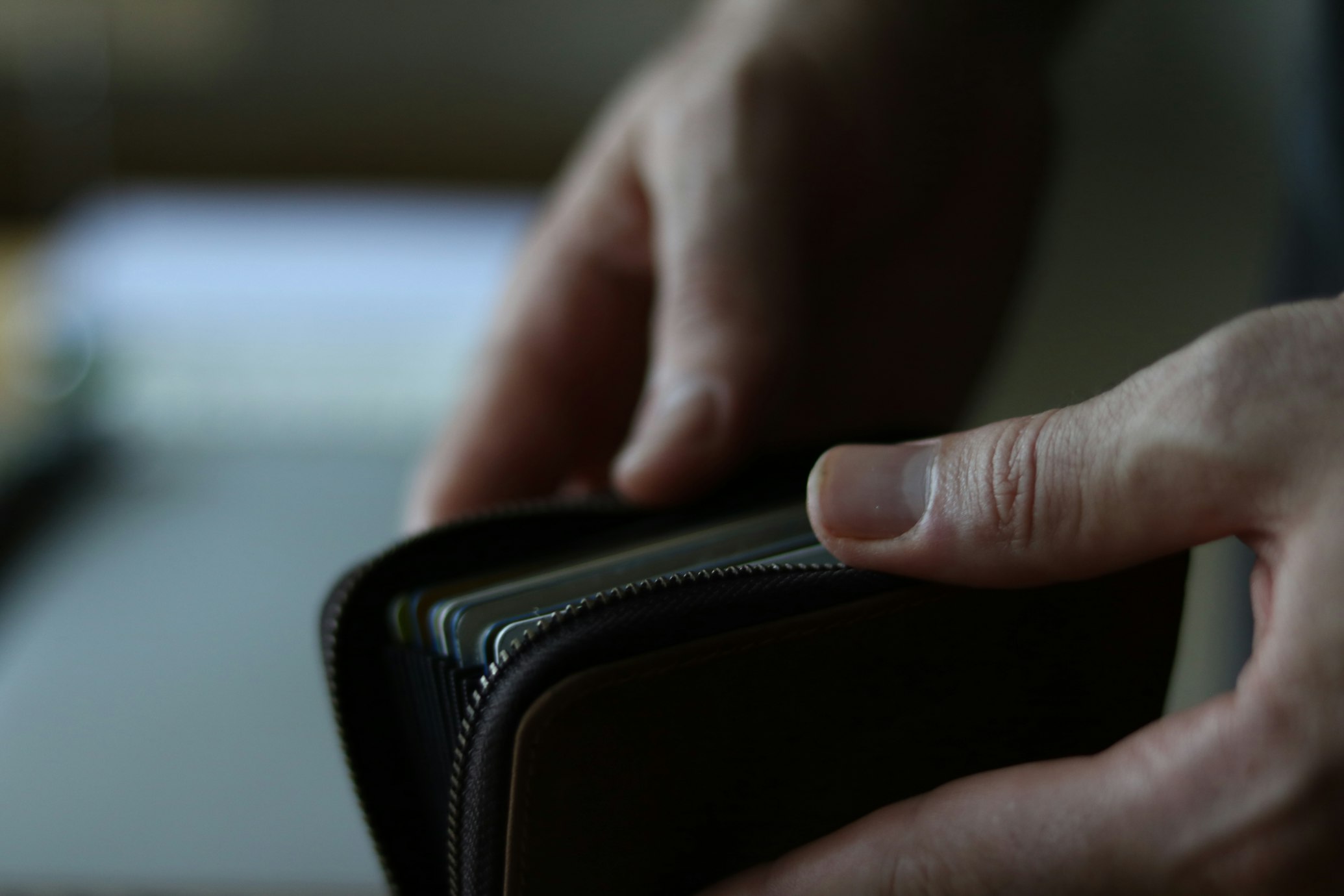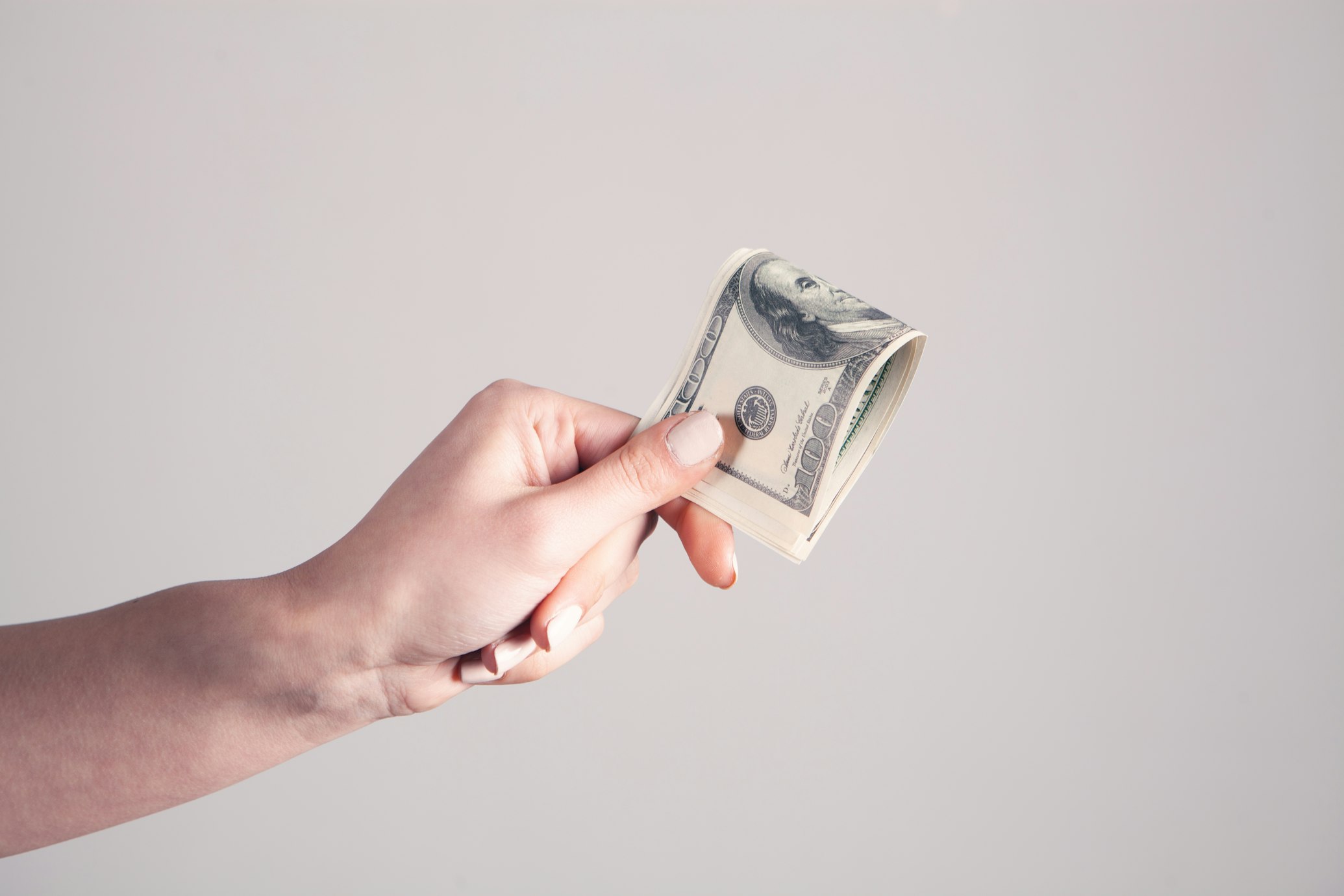Bond Price Calculator: Easily Calculate Bond Prices and Yields
Our Bond Price Calculator makes it easy to calculate bond prices and yields. Optimize your investments with accurate bond price calculations. Try it now!
Bond Price Formula
Where:
- PCP: Periodic Coupon Payment
- YTM: Yield to Maturity
- NPTM: Number of Periods Till Maturity
- FV: Face Value
Bond Investments: Is Now the Right Time to Get Started?
If you're considering investing in bonds, it's important to understand the relationship between bonds and interest rates. Essentially, when interest rates rise, bond prices tend to fall, and vice versa. So, if you believe interest rates will continue to rise, investing in bonds may not be the best choice right now, as their value will likely decrease.
It's also important to note that bonds are different from equities in that they are not tied to ownership in a company. Instead, they represent a loan to an entity, whether it be a corporation, government or other organization. This means that, barring the risk of default, the value of a bond is largely tied to the interest rate at the time of purchase.
Another key consideration is that when you purchase a bond, you are locked into a specific interest rate for the duration of the bond. This means that if interest rates rise, the value of your bond will likely decrease if you choose to sell it before maturity. However, if you hold the bond until maturity, the market value becomes irrelevant, as you will receive the face value of the bond at that time.
While investing in bonds can be a good choice for many investors, it's important to consider the current interest rate environment and your own investment goals and time horizon before making a decision.
Why Interest Rates Affect Bond Prices
Have you ever wondered why bond prices fall when interest rates rise, and vice versa? In this section, we'll explore the relationship between interest rates and bond prices so that you can gain a better understanding of how the bond market works.
Let's start with a 0 coupon bond to illustrate how it works. Coupons essentially work the same way as the final yield. A T-Bill is issued that promises to pay $100 in 91 days (3 months). No matter what the interest rate is, 91 days after issue, the bond is going to pay out $100.
The person purchasing the T-Bill will pay whatever the price is, which is the yield ($100) multiplied by (1 - the yield rate on a per period basis).
For example, if the annual yield rate is 2.5% and you're purchasing a 2.5% APY T-Bill for 91 days, it's going to be yielding about .619% over the duration. Therefore, the price of the 91 day T-Bill is going to be 100 * (1 - .00619) = $99.38.
Now let's say that immediately after you buy your 91 day T-Bill, the interest rate changes. It goes up to 5% APY. Suddenly you can buy a T-Bill that will yield $100 in 91 days for only 100 * (1 - .0123) = $98.77.
The reason why bond prices and interest rates have an inverse relationship is because bonds lock in what you're going to be paid on the coupon dates and the final payment dates. Bonds don't care what the current interest rate is other than what you're buying them for. Thus, the only thing about them that changes is their pricing, not their payments. For example, an 8% coupon bond is going to pay 8% of face value if the market rate is 2% or 10%; it doesn't matter.
Due to the inverse relation of interest rates to price, bond prices fall when interest rates rise and vice versa. Understanding this relationship is essential to making informed decisions when it comes to bond investing.
Ready to diversify your portfolio? Try our Asset Allocation Calculator and find out how to optimize your investments!
- Struggling to Save? Try These 10 Money-Saving Hacks
- 13 Best Financial and Investment Calculators
- Mastering the Art of Frugal Living: A Comprehensive Guide to Smart Shopping
- A Comprehensive Collection of Investing and Financial Books
- The Ultimate List of Investing Podcasts
- Strategic Investing: Why You Should Look Beyond the Stock Market Celebrities
- The Harsh Truth About Dividend Investing
- Where to Buy Domains: Finding the Best Deals
 The AI Gold Rush: Navigating the Thin Line Between Innovation and Overvaluation in Business
The AI Gold Rush: Navigating the Thin Line Between Innovation and Overvaluation in Business- Sweet Dreams: 7 Smart Sleep Investments for a Restful Night.









